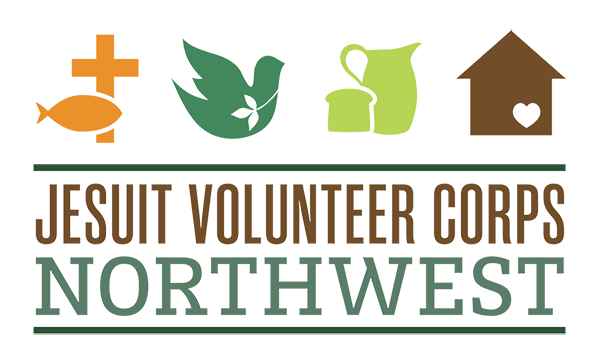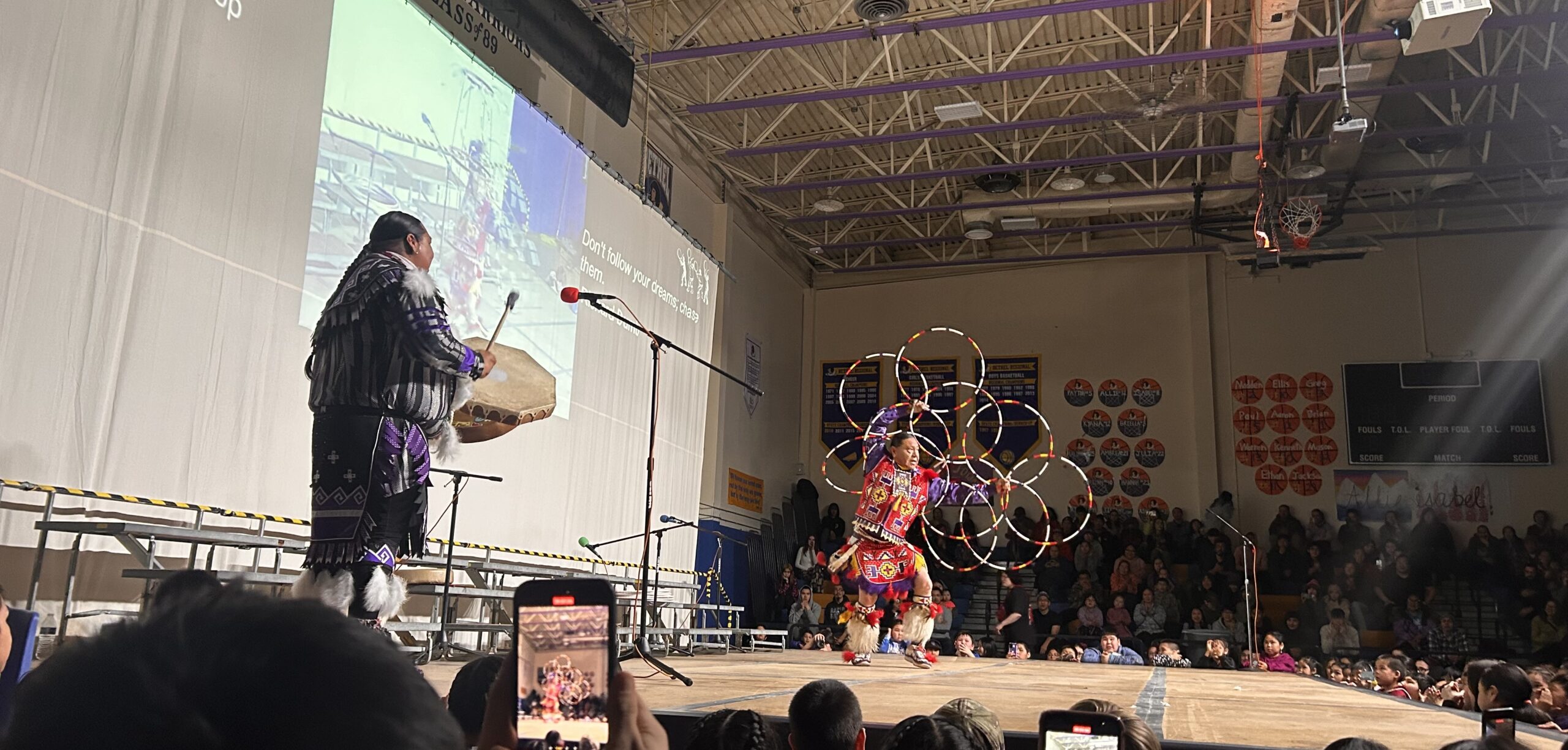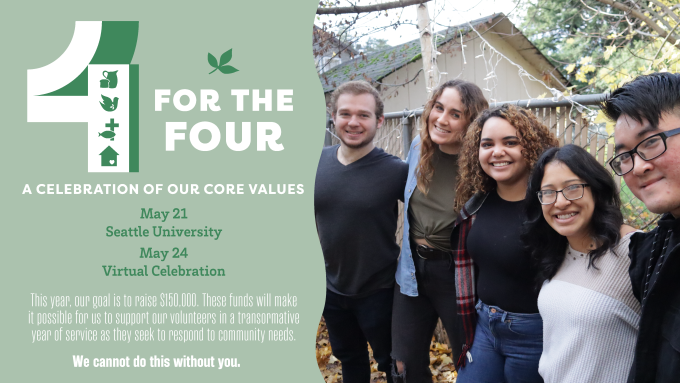New Jesuit Volunteers flock to Camp Arrah Wanna in Oregon each August, coming from a variety of experiences, communities, and places. While some leave camp and settle in communities that are primarily Indigenous, all of them settle in lands that have been stewarded by native communities for generations prior to colonization. Some begin with knowledge of these lands and peoples, while others are new to the Northwest or have not been introduced to the stories of the Indigenous people around them. They join our movement, with its roots serving Native Alaskan Villages. While the first step is acknowledging the community on whose land they learn and serve, the JV Program team developed a curriculum intended to take JVs well beyond that surface level knowledge. This is a part of our organization’s ongoing examination of our history and pursuit of restorative justice.
Zayna Abusada, JV Big Sky Program Coordinator, was instrumental in creating the curriculum based on the work of the Native Governance Center: “It’s important to actually follow through with listening to marginalized voices, and I felt that taking direction from Indigenous people on what they would like organizations to do beyond optical or performative allyship was crucial if we wanted to stay true to ourselves and the goal to respond to local community needs in appropriate ways. I think the Beyond Land Acknowledgement curriculum gives our volunteers and our greater community the opportunity to be firm and bold in our responsibility to Native people we are in community with- and that’s the most important thing.”
Across area visits, virtual gatherings, and retreats, JVs work in community to assess their knowledge of and impact on Indigenous communities, assess the resources around them that do or do not support indigenous communities, and research current movements in their locales. Then, they built a communal action plan to increase their support of and decrease their negative impact on Indigenous communities. From visiting Indigenous led institutions to participating in community events to sharing their resources with Indigenous movements, JVs used discernment practices to work towards solutions. When their service year ends, we hope that JVs take this process with them, looking for the Indigenous peoples and movements in the communities they settle in, continuing to seek true equity that move beyond land acknowledgement.
“This is never-ending work- it’s not simply enough to say you will go beyond land acknowledgements, you have to put action plans into the moral fabric of your everyday life.”
– Zayna Abusada (she/her, they/them)
JV Big Sky Program Coordinator
Ashland, MT ‘17-18
Anchorage, AK ‘18-19


Learning in Action
At the annual benefit dinner in Seattle in May, the Tacoma JV community offered a land acknowledgment that invited everyone assembled to move beyond acknowledgement to action.
“Hello everyone, we’re the Tacoma JV community. We were invited to take a couple minutes to acknowledge the land where we live and serve, which are the traditional homelands of the Puyallup people. The spuyaləpabš, as they are known in the Lushootseed Language, translates to “the people at the end of the bend in the river.” In the region that we know as Tacoma, this refers to Commencement Bay, where the Puyallup River empties into the Puget Sound. Prior to colonial imposition in the area, the Bay connected tribal communities reaching far along the Puget Sound. The Puyallup people have lived on and stewarded these lands since the beginning of time and continue to do so today. They are strong advocates for indigenous rights and have been involved in many efforts to protect the environment, create jobs, and promote women’s rights.
We come to you just a couple weeks after May 5th, National Missing and Murdered Indigenous Women, Two-Spirit, and Girls Day, which is intended to start a conversation about the heavy loss that is left by violence against Native women and girls... Indigenous women and girls are targeted for violence at extremely high rates, facing murder rates ten times the national average in some communities. Survivor’s stories show many causes, with frequent echoes of dismissal by police and vulnerability within the foster care system. We can see that these issues thrive in silence, in racist systems, and in the denial of native nations’ sovereignty.”
The Tacoma JVs invited everyone at the dinner to join a campaign by the National Indigenous Women’s Resource Center, a resource and policy organization. You can see what current advocacy campaigns are active at www.niwrc.org.
RESOURCES
Native Governance Center: https://nativegov.org/
After publishing this Guide to Indigenous Land Acknowledgement, the Native Governance Center saw the need for follow up that moved beyond words. Their series of resources to move to action Beyond Land Acknowledgement was the source of the adaptation created for the JV program.
An Indigenous Peoples’ History of the United States by Roxanne Dunbar-Ortiz.
PHOTOS: These photos were all submitted by ’23-24 JVs – credits: featured image at the beginning of the post: Bethel JV Community from Cama-i 2024; middle photos from left to right: Emily Skilton (she/her) Missoula; Mark Keplinger (he/him) Juneau.


